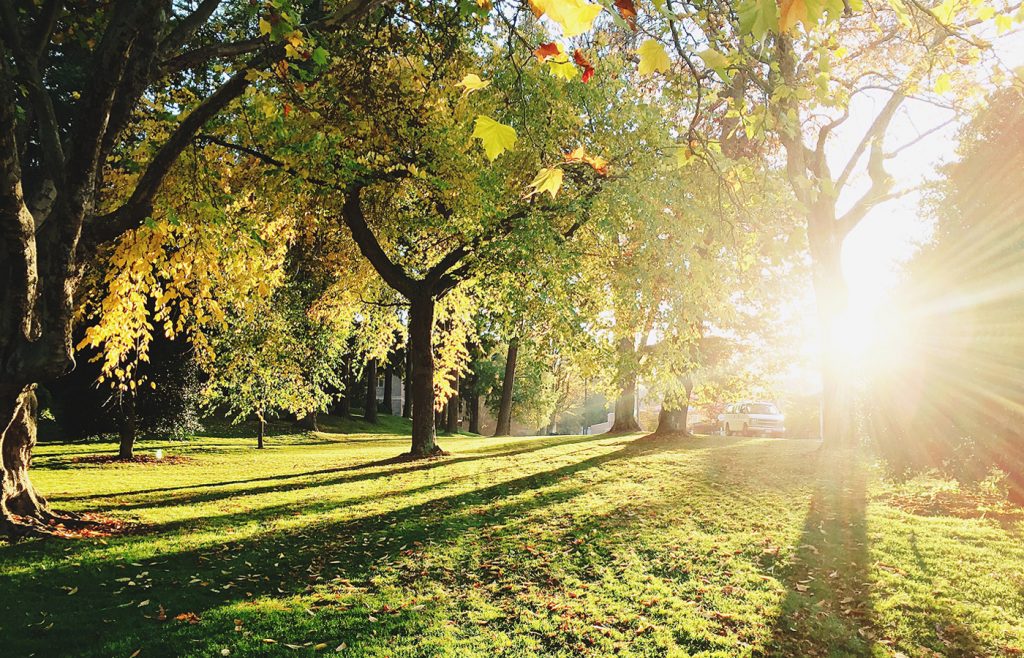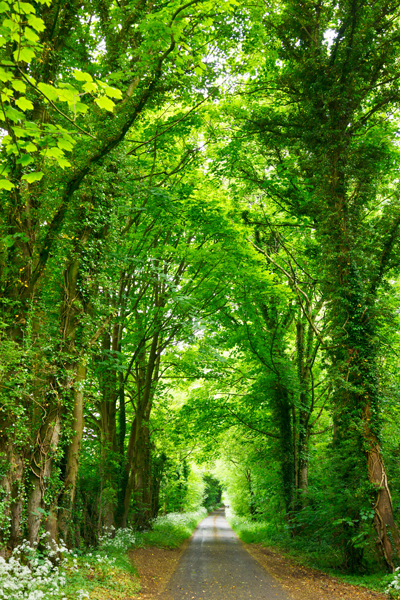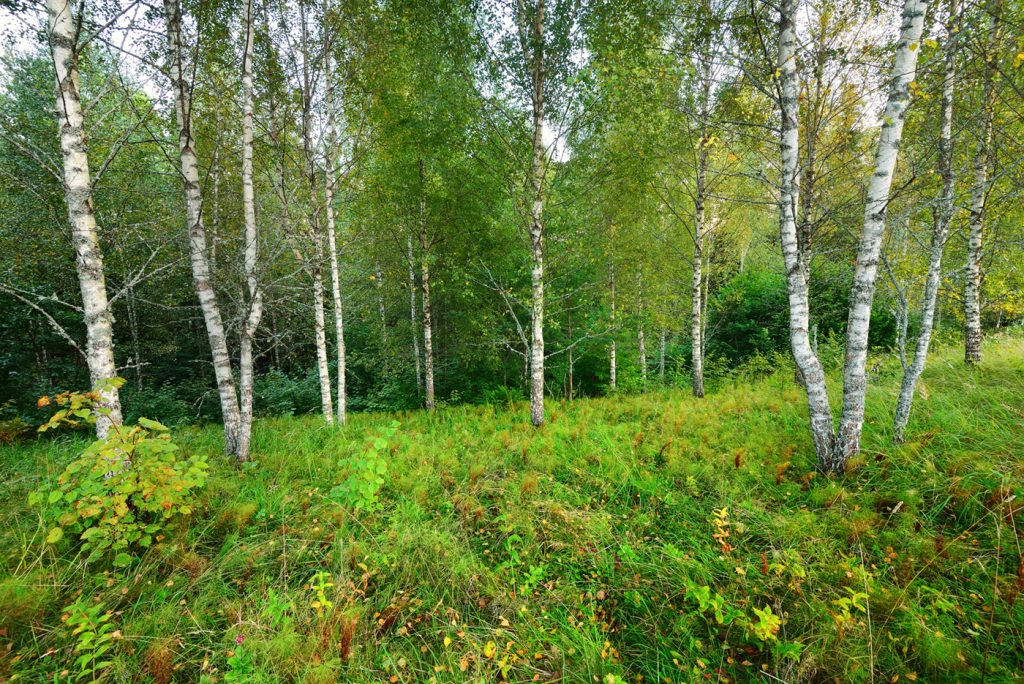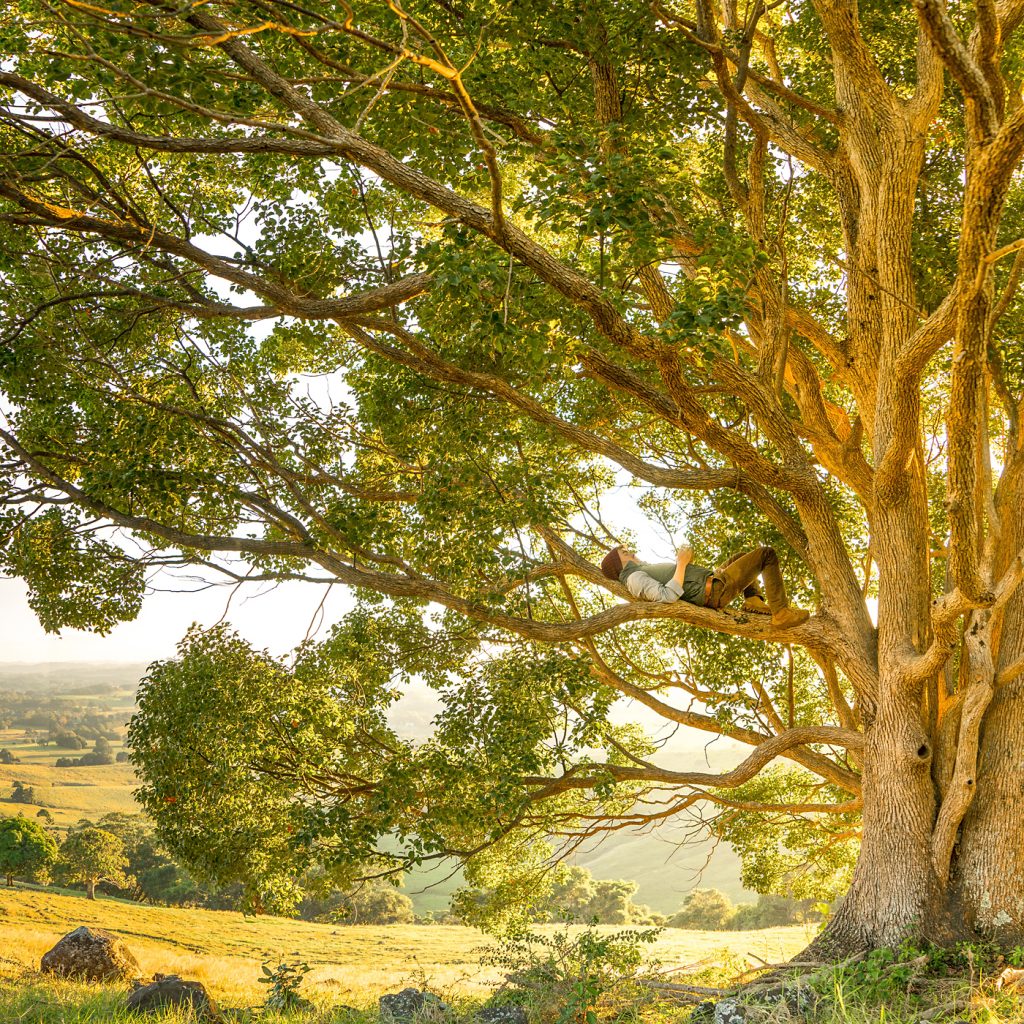
Fall is the perfect time for landscaping projects. The scorching weather of midsummer is over, but there is enough time for roots to become established. In fact, fall is usually the best time to plant trees, as all of a tree’s energy can go to establishing roots rather than trying to grow foliage as well.
In southeast Iowa, planting in October and even into early November should give you the six weeks needed to get roots established well before the ground freezes.
According to Lisa Louck, Southeast Iowa District Forester, our understanding of best tree management practices has changed dramatically over the last few decades.
What to Plant and Where

The most important consideration in choosing a tree is diversity. We have learned from Dutch elm disease and the emerald ash borer the devastation that results when we plant large numbers of a particular species of tree. Look around to see what’s already in your neighborhood and choose something different. Both the Arbor Day Foundation and the Iowa DNR are great resources for identifying trees suitable for our area.
Trees give the most shade when they are planted on the eastern or western sides of a building. Remember that the small tree you’re planting will not stay small. Imagine it fully grown, with a root spread about twice as wide as its mature canopy. Plant it where it will not have to compete with other trees or contend with walls. In the long run, the tree will often triumph over concrete!
Dig a Wide Hole
One of the biggest changes in our understanding is how we plant a tree. There may be a tap root that grows deep into the ground, but in general the roots that feed the tree spread out laterally. Therefore, dig your hole so that it is at least twice as wide as it is deep. If the tree is in a ball, the ball should be cut and the roots spread out so that they do not become “root bound” and get tangled up with each other as they grow. This is important even if some of the existing roots need to be cut to be spread apart. When planting a tree, Lisa will take a knife and make several slices through the root ball to separate the roots, and then spread them out over the base of the hole.
It is also important to plant the tree high enough. Every tree has a knuckle-like formation at its base that separates the root structure from the trunk. This knuckle should be entirely above the ground. And finally, put back the soil that you used to dig the hole for the tree. If you give it extra loam, that will only create lazy roots that don’t grow out into the regular soil.

Caring for Your New Tree
Steve Hoyer, a former landscaper and general tree aficionado, says that most people water outdoor plants too often and too little. He waters new trees only once a week, but when he does, he gives them plenty of water. “To do the plant any good, the water needs to reach the very ends of the fine roots, also known as the root hairs,” he explains. “Think of their root system as analogous to our own circulatory system, which narrows down to the capillaries, where actual absorption and exchange takes place. The root hairs are where the plant needs to have water.
“Also realize that the water needs to be introduced slowly, especially if the ground is dry, so that it has time to soak into the ground instead of running off over a larger surface.”
To properly water a new tree, Steve gives it about 15 gallons of water once a week, managed so that the water slowly trickles out. Steve says that it should take at least 20 minutes to give a tree this amount of water. If it takes less time, the water is spilling off from the area around the tree roots.
To Stake or Not to Stake
Staking is not usually necessary. Plants grow to the sun, so a tree will naturally grow straight. Winds may make a tree “bend” temporarily, but that will correct itself over time. In fact, too much staking prevents the tree from developing a strong trunk that will support the tree as it matures. If you do decide to use stakes, they should be removed after the second year.
Mulch Correctly
Incorrect mulching will do more harm than good. If you do use mulch, make sure that there is never any mulch directly against the trunk that might harbor damaging insects or keep the trunk damp and subject to rot. The DNR recommends keeping mulch at least six inches away from the trunks of woody plants.
For the most recent information on tree planting, contact the local DNR office, or visit IowaDNR/UrbanForestry.

